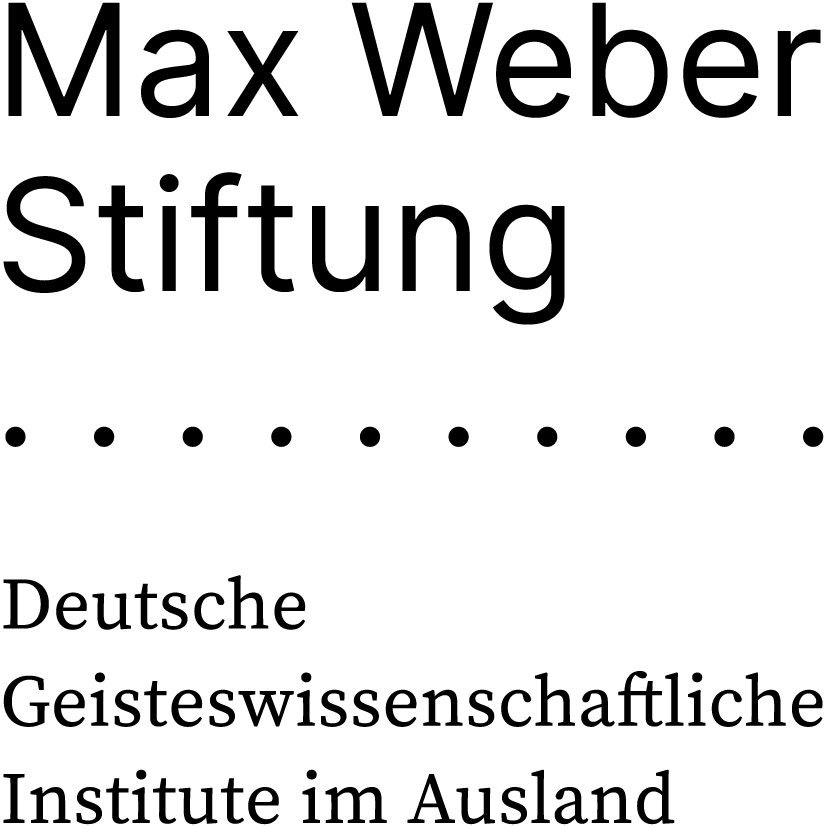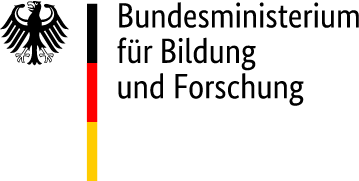The present monograph is a reworked version of several articles the author had previously published. Consequently, it reads more like an edited collection than a monograph.
The subject is an important one. Surrounding the infamous Paris Disputation of 1240 was the selective Christian editing and translating of the Babylonian Talmud into Latin, first according to tractate order, then according to theme. Christians were naturally most interested in what the Talmud had to say about Jesus, his family, and his disciples, which is far from the most important topic in one of Antiquity’s longest books. Nevertheless, this translation, the first of its kind, was an important philological and cultural milestone, for good or ill.
The book is divided into eight chapters, plus an introduction and a conclusion. The first four chapters contextualize the »Latin Talmud« (Extractiones de Talmud) and offer detailed studies of the Jesus passages. This »half« is the dominant one, occupying two‑thirds of the book. The last four chapters and conclusion, totaling less than one hundred pages, touch on miscellaneous elements within the Latin Talmud.
The book is of modest length (about 300 pages). However, the early chapters are excessively long. The wide-ranging introduction is nearly sixty pages – a fifth of the whole book! It touches on the major themes of the chapters that follow, but also some that will never reappear again, such as the notion of deuterosis in patristic literature.
Each of the chapters contains several questionable assumptions. In the introduction and first chapter, for example, the author refers to the »Augustinian paradigm« of the Jews being too carnal to understand their own Scriptures. He invokes Augustine’s theory of the Jewish witness to Christian truth, which the author repeatedly characterizes as »harsh« (1, 7, 59, 78) and interprets as meaning that Jews have nothing to contribute to salvation history. His understanding of Augustine is backwards; he was less harsh than his contemporaries precisely because he assigned Jews a role in salvation history, as the »librarians« of Christians.
Even stranger, the author seems to think the assumptions of the »Augustinian paradigm« stipulated that Jews could never produce an independent literature of their own, and the Talmud somehow undermined this assumption and posed an existential threat to Christianity (62 and 78). Surely Christians would have ignored the Talmud – as they ignored most rabbinic literature – if it did not contain polemical material about Jesus?
A similar example appears in chapter 2, which is nominally about the parentage of Ben Stada (b. Sanhedrin 67a). The author queries why Christians did not target Toledot Yeshu in their polemics against the Talmud. Instead of stating the obvious – because Toledot Yeshu is not part of the Talmud – the author surmises that, to legitimize arguments against the Jews, Christians needed to target an authoritative work instead of a »popular« tract like Toledot Yeshu. As it happens, the thematic Extractiones de Talmud does mention Toledot Yeshu and gives a reason for ignoring it – because it is a »stumbling block to the weak« (112).
The third chapter, on Jesus’ trial (b. Sanhedrin 43a), correctly identifies the Gospel narratives as tendentious but does not apply the same critical rigor to the Mishnah and Talmud. The Mishnah’s laws concerning capital punishment are taken at face value, and the author even argues that the Talmud intends to show that Jesus was properly executed according to mishnaic law. The author implies that the baraita in the Talmud is ancient but was kept out of rabbinic literature for fear of Roman reprisal. I cannot follow his logic.
Chapter 4, the last to fall under the title’s stated theme, is about Jesus’ punishment in hell (b. Gittin 57a). The author expends much energy analyzing the specific nature of his punishment – boiling excrement – in light of ritual purity laws. The gratuitous assumption here is that Jesus’ punishment is linked to his teaching that only what goes out of a person defiles them (Mt 15,18 and parallels). The analysis overlooks the fact that ritual purity matters little when one is burning for eternity in boiling excrement.
The remainder of the book consists of shorter, more concentrated studies that focus on the Latin Talmud but not Jesus. The subjects are: the synonymous terms yeshiva and metivta (chapter 5), the diseases askara and serunki (chapter 6), the angel Metatron (chapter 7), and a Rashi gloss about a priest’s uncircumcised heart (chapter 8). They make interesting points about how the Latin reduces the multilingual Talmud into one language and how it sometimes incorporates talmudic commentary into the talmudic text. All of these chapters are based on previously published material. I would not hesitate to call these short studies the better part of the book.
The book contains many errors of fact. The author misdates the Vilna Talmud to 1835 (3), when it was published in 37 volumes between 1880 and 1886. He claims that Jesus has a trial before the Sanhedrin in Matthew but not in Mark (134), although their accounts are very similar. He repeatedly misspells Epiphanius’ Panarion as Panorion, including in the bibliography (10, 11, 11 n. 12, 12, 311). On p. 141, he refers to the nonexistent verses Isaiah 50:21–22. In the introduction, he states that Nicholas Donin was a »troubled« individual (23, 30) but also admits we know little about him (30). How, then, do we know he was »troubled«? In the conclusion, during a tortured analogy about the pitfalls of translation, he defines the word »seminary« as »an educational institution for priests, namely Christian monks« (278). How does one write about the Middle Ages without knowing the difference between a priest and a monk?
The book also suffers from many stylistic defects. The author uses the »Book of Exodus« and then, on the same page (11), the »book of Deuteronomy« (see also 15 and 16 for similar inconsistencies). He employs the word »magmatic«, an uncommon word with no clear contextual meaning, to describe Jewish texts and Jewish society (60, 120 and 221). His translations of Latin texts retain the awkward transcriptions of Hebrew and Aramaic terms, obscuring their intended meaning (e.g. 99 and 143: Yeshuot, in macecta Cenhezerym, in perec Arbahmitoz). The argumentative logic of most chapters is opaque. Extraordinary conclusions are drawn from a paucity of evidence. There are many digressions, non-sequiturs, and unclear sentences. The primary chapters lack conclusions of any kind. The book is laborious to read.
Zitationsempfehlung/Pour citer cet article:
Gavin McDowell, Rezension von/compte rendu de: Federico Dal Bo, Jesus in the Latin Talmud. Judaism and Christianity during the Disputation of Paris in 1240 and Other Transcultural Issues, Leiden, Boston (Brill) 2024, XIX–320 p. (Jewish and Christian Perspectives Series, 40), ISBN 978-90-04-70159-5, DOI 10.1163/9789004701601, EUR 147,70., in: Francia-Recensio 2025/2, Mittelalter – Moyen Âge (500–1500), DOI: https://doi.org/10.11588/frrec.2025.2.111086








